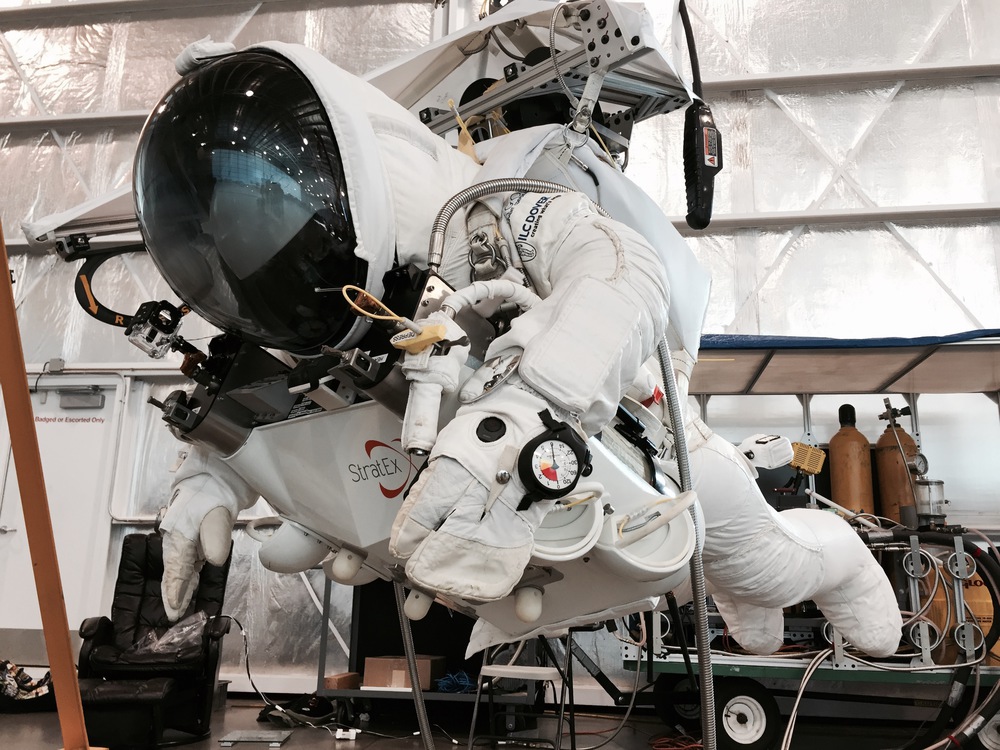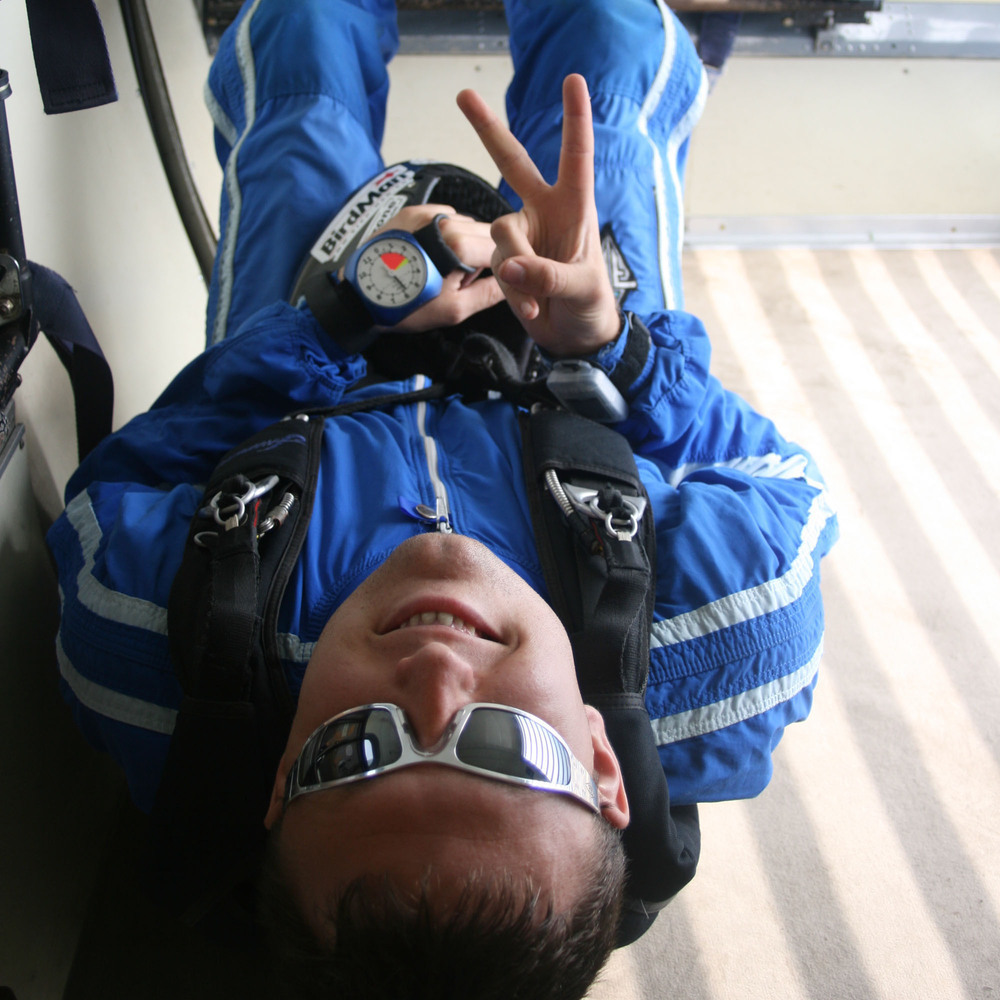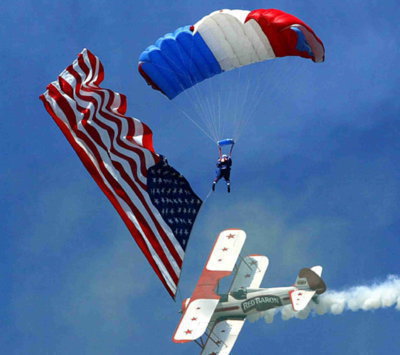Recommended Posts
JohnRich 4
Quote
Since he was hit in the chest and heart, this would not have been a freefalling bullet, but rather, one that was fired at some more horizontal degree, and thus retained much more velocity.
QuoteQuote
Since he was hit in the chest and heart, this would not have been a freefalling bullet, but rather, one that was fired at some more horizontal degree, and thus retained much more velocity.
As soon as any bullet leaves the barrel it is technically freefalling. It may take a while to reach terminal velocity.
PhreeZone 15
And tomorrow is a mystery
Parachutemanuals.com
JohnRich 4
QuoteAs soon as any bullet leaves the barrel it is technically freefalling. It may take a while to reach terminal velocity.
That's true, but the original subject of this thread was about the freefall speed of bullets falling vertically, without any muzzle velocity remaining.
Randy_H 0
read this story http://www.local6.com/news/4041085/detail.html
This just happened in Orlando during New Years. Some drunken, gun toating idiot decided to fire shots into the air.
Hooknswoop 19
Quoteread this story
Look up 3 posts.............
Derek
QuoteThat's true, but the original subject of this thread was about the freefall speed of bullets falling vertically, without any muzzle velocity remaining.
Quote
Question John~
By falling 'vertically' I take it you mean
0 degrees
Top dead center?
Which would as you contend bring the projectile
back to earth, tail first, still spinning...
But~
How about if said 'idiot' fires a round at 15-20 degrees
from straight up...
When it reaches zero speed upward at the top of the arc
even though still spinning, wouldn't it 'wobble' unstable,
(long axis)
since it still has 'forward' or 'down range' speed when
the free return begins?
I ask because~
A few years ago at a small airport North of L.A.
we were discussing those thoughts in regard to
the number of 'new' holes in the hangar roofs
after New Years eve.
We found *most* of the bullets on the floor,
but some still laying in minor dents in the roof.
Some appeared to have gone through the
roof sideways....(30 cal. ball.)
But one recovered .45 ball round went through the roof
nose first, (visual damage) and had enough
speed to punch through a fabric wing.
(one side~entered, no exit hole)
We speculated that the .45 was fired nearby..
(brass outside the hangar)
and most likely straight up...while the rifle
was probably fired off the airport some
distance away and had an arched trajectory.
Your thoughts?
~ If you choke a Smurf, what color does it turn? ~
In physics, the laws say that an object fired into the air will come down with the SAME force as it was lanched with in perfect conditions.
FLAWS:
First off, it is almost never the case that a bullet is fired straight up into the air. It is more likely on a high arc. Therefore, the bullet never looses full motion and rifling of the bullet should continue, thus allowing greater speed than what you experienced.
I don't think this is a valid experiment.
But sounds like a shitload of fun anyway!!!!
-----------------------------------------------------
Sometimes it is more important to protect LIFE than Liberty
QuoteThe other thing is that there is probally some disfiguration due to firing, which the test bullets didn't have, which would make them more ball shaped and they wouldn't tumble as much.
Not neccesarily. If a fired bullet doesn't hit anything hard it will maintain it's original shape. Depending on the composition of the said bullet. Solids have been pulled from a wet pack, (bundle of wet magazines) that have still kept their original shape. A bullet shot straight up will spin until it stops then will tumble on the way down.
JohnRich 4
QuoteYour thoughts?
The answers to your questions lie in the previous discussions in this thread.
The Hatcher experiments found the same thing with a protective tin roof under which they took shelter after firing a machinegun into the air: some bullets dinged the roof nose-down, some base-first, some while tumbling.





Derek
Share this post
Link to post
Share on other sites